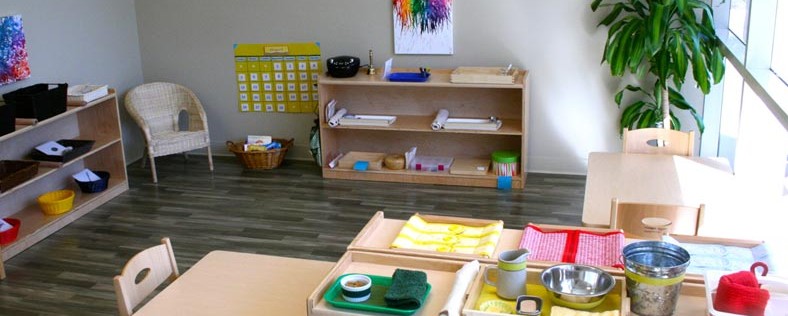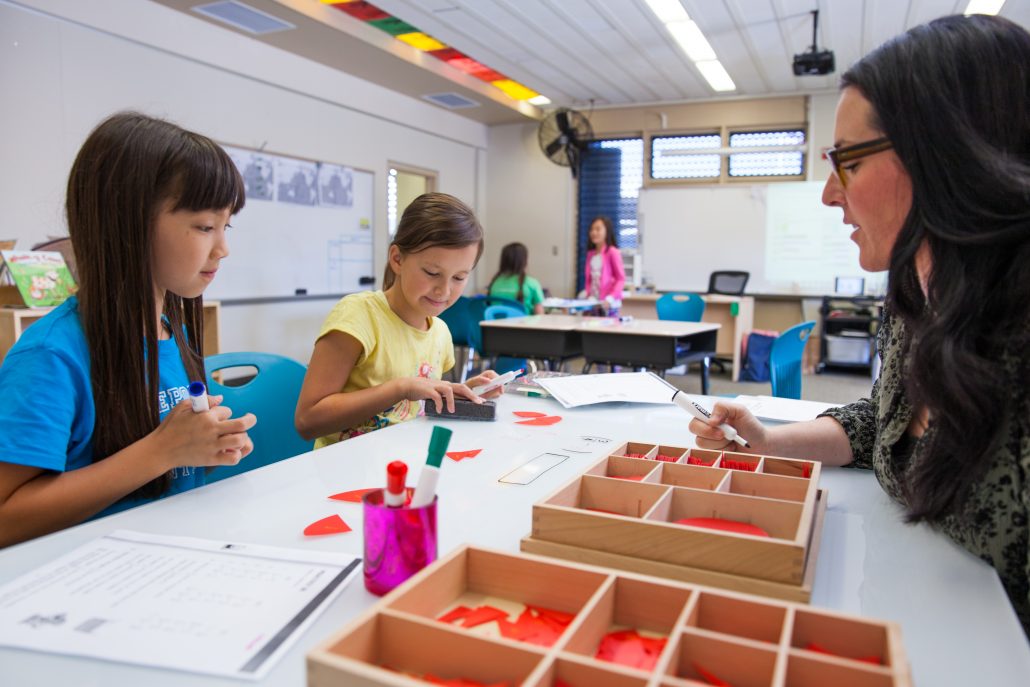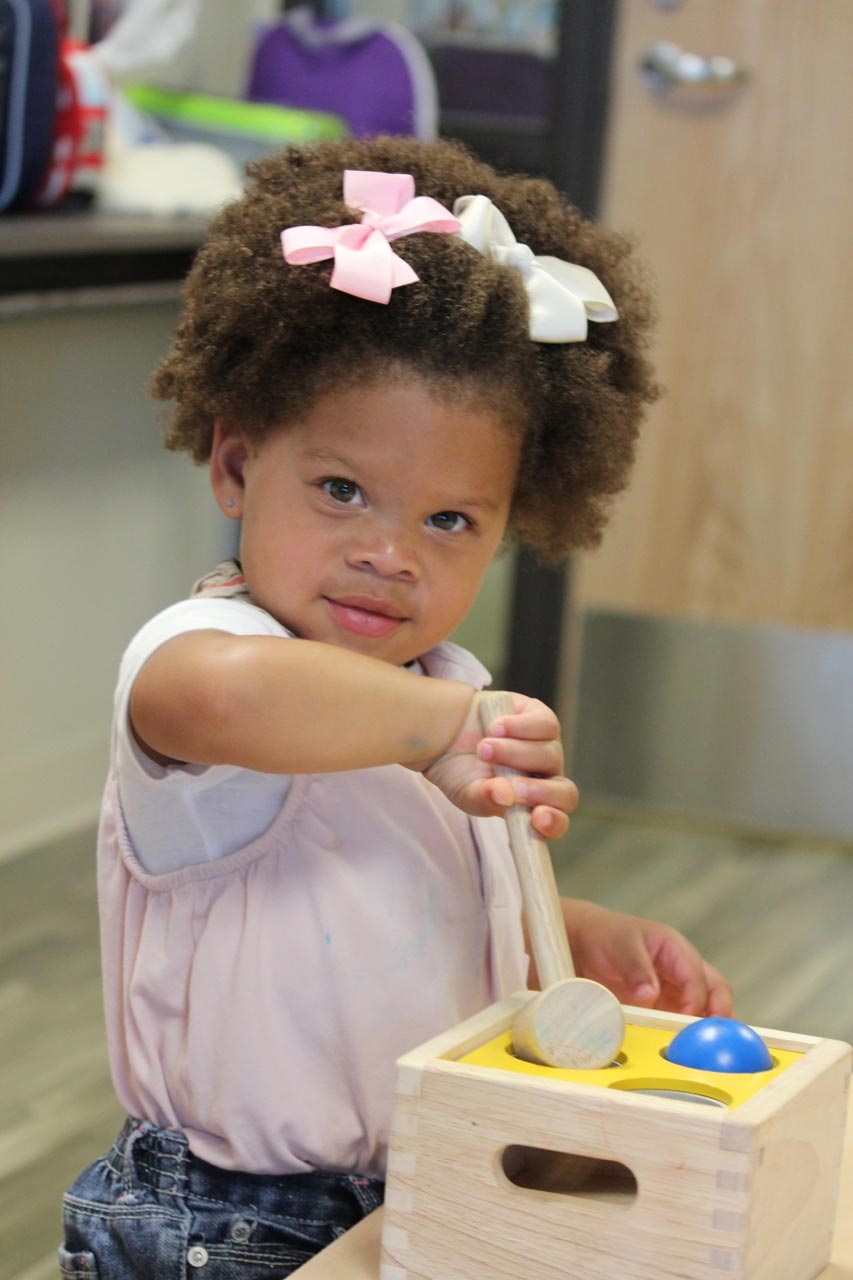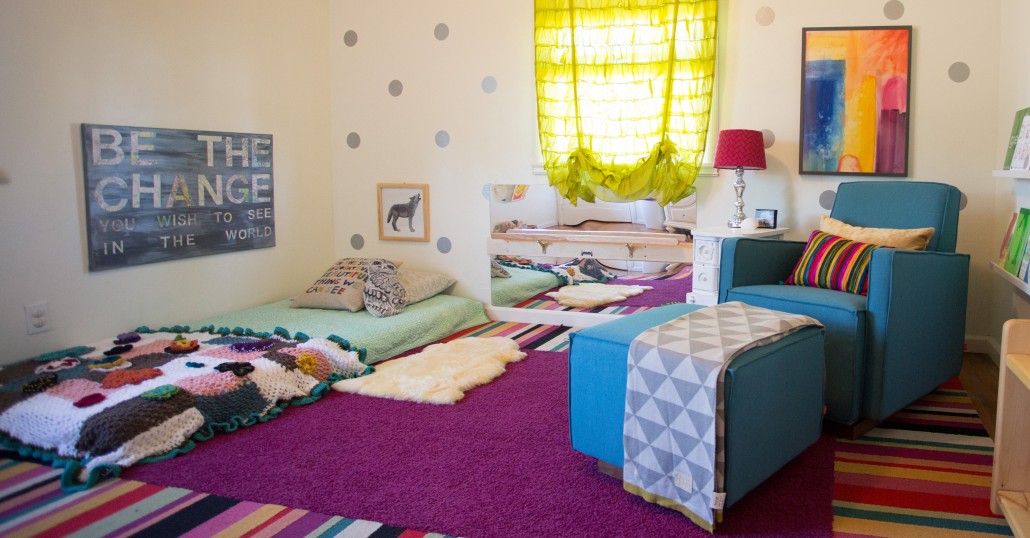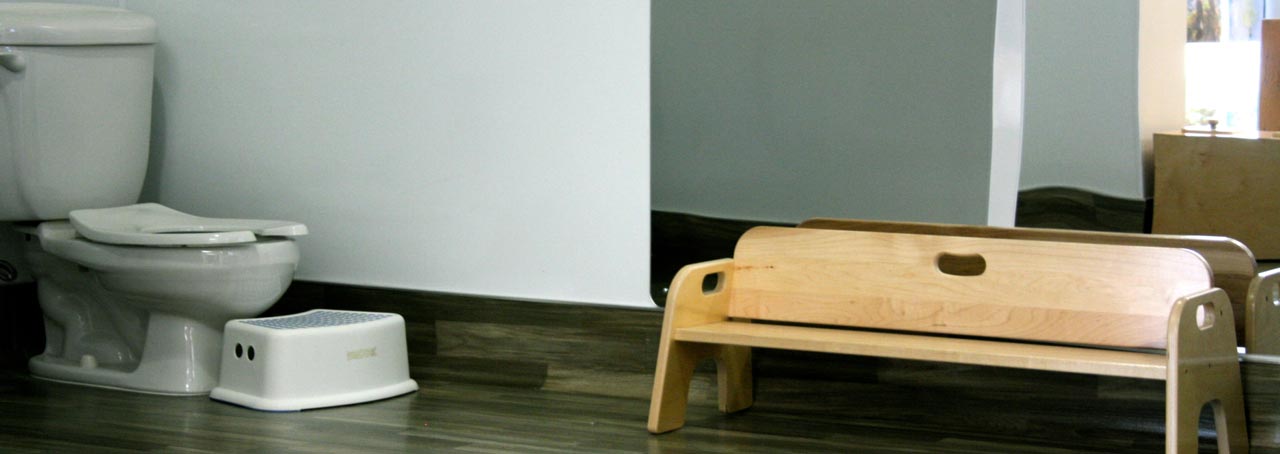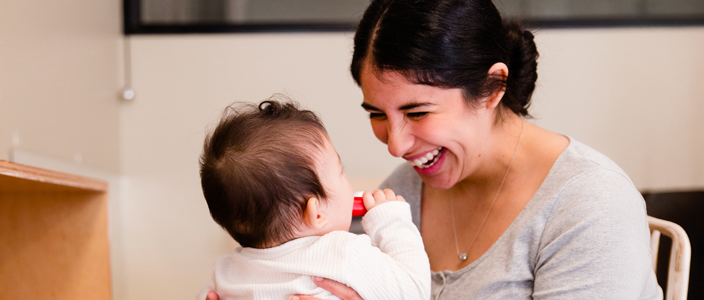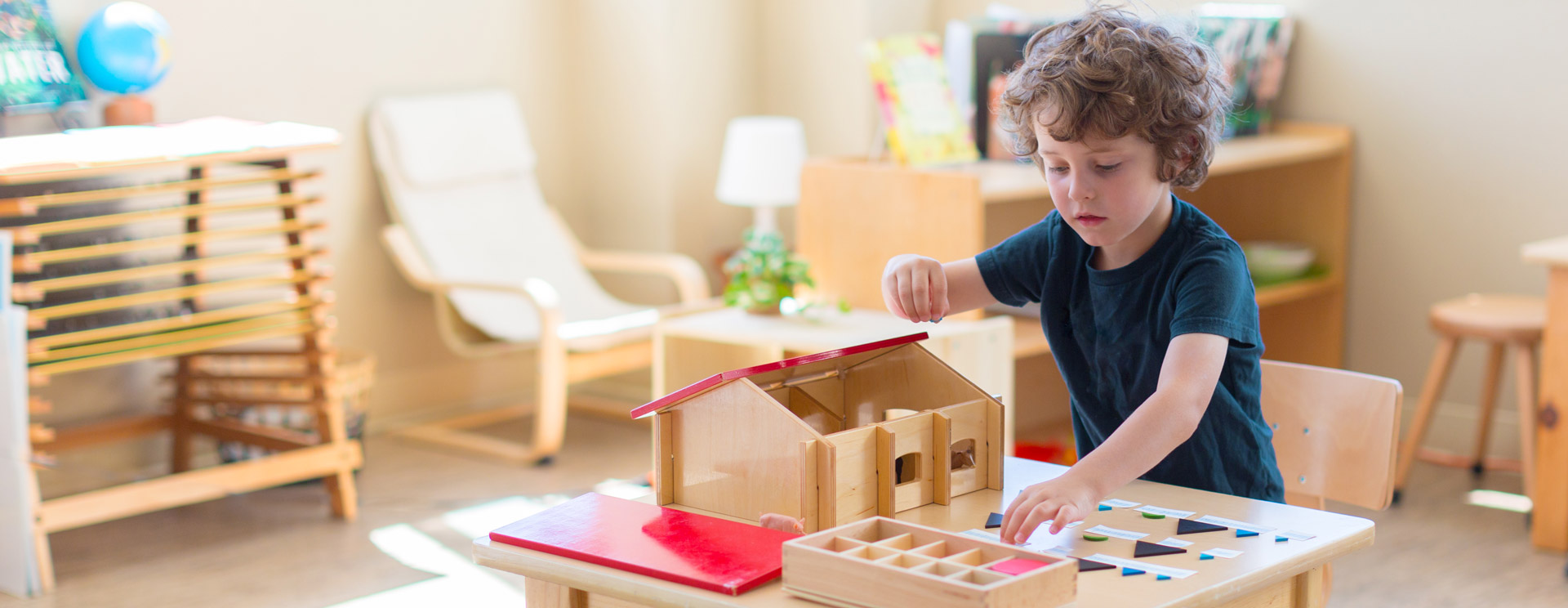
Blog
Discover, Learn, Grow
Our blog is a hub of ideas and insights to enhance your family’s Montessori preschool experience. Dive into a world of creative activities, parenting tips, interviews with our early childhood experts, educational resources, and much more.
July 29, 2025
Montessori
July 25, 2025
Educational Philosophy
Montessori

